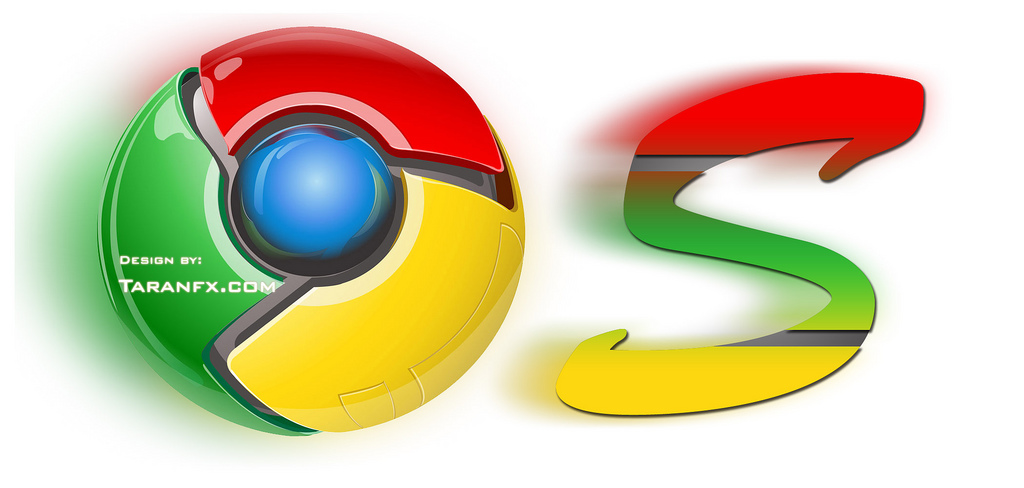

So, what does a Linux user believing in the potential of their little (sort of)Linux laptop do? Break everything Google did. Many users, especially Linux users, can’t get past the fact that the devices are hopelessly hamstrung by their ChromeOS operating system which both cuts down on the number of apps the device can run and makes it dependent on an Internet connection to get anything done. Google’s little Linux based PCs have been booming since their introduction several years ago in everything from homes to businesses, and even educational settings.

Proceed at your own risk.Ĭhromebooks are everywhere. As with all firmware flashes, there is a chance of something going wrong, rendering the device useless. This will remove Crouton and restore Chrome OS in its original state.WARNING: This process will erase all information from the Chromebook hard drive. Lastly, if you want to remove your Linux desktop and go back to regular ol' Chrome OS, you can just reboot your Chromebook and press spacebar when it prompts you to re-enable OS verification. Since your Chromebook is in Developer Mode, it will take an extra 30 seconds to boot up, since it shows you the Developer Mode message. You either deal with a few tinier buttons or you go to a more standard resolution. The Crouton wiki has a few options for fixing this, though none are quite perfect. If you're on a high resolution display like the Chromebook Pixel, your icons will be very, very tiny. The Downloads folder in Chrome OS is the same as the Downloads folder on the Linux desktop, so if you download or create a file in one environment, you can put it in the Downloads folder to make it available in the other as well. If you're using XFCE, you should disable the screensaver, which can cause graphics issues in Chrome OS.

If you're on an ARM-based Chromebook, not all apps will be compatible. You'll find that even a lot of default Ubuntu tools are left out, so you'll have to install them yourself using apt-get. Your desktop won't come with very many programs installed. To exit the Linux desktop, just log out of it like you would on a normal PC-you'll close it completely and go back to Chrome OS (after which you can run sudo startxfce4 again to go back). In the latter case, you will also need to press Ctrl+Alt+Refresh after pressing Ctrl+Alt+Forward to bring up the desktop. Now, you can switch back and forth between Chrome OS and Ubuntu usingCtrl+Alt+Shift+Back and Ctrl+Alt+Shift+Forward (if you're on an ARM-based Chromebook) or Ctrl+Alt+Back and Ctrl+Alt+Forward (If you're on an Intel-based Chromebook).


 0 kommentar(er)
0 kommentar(er)
